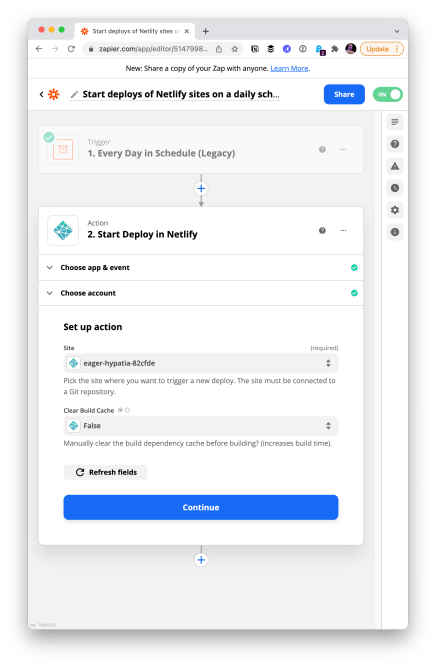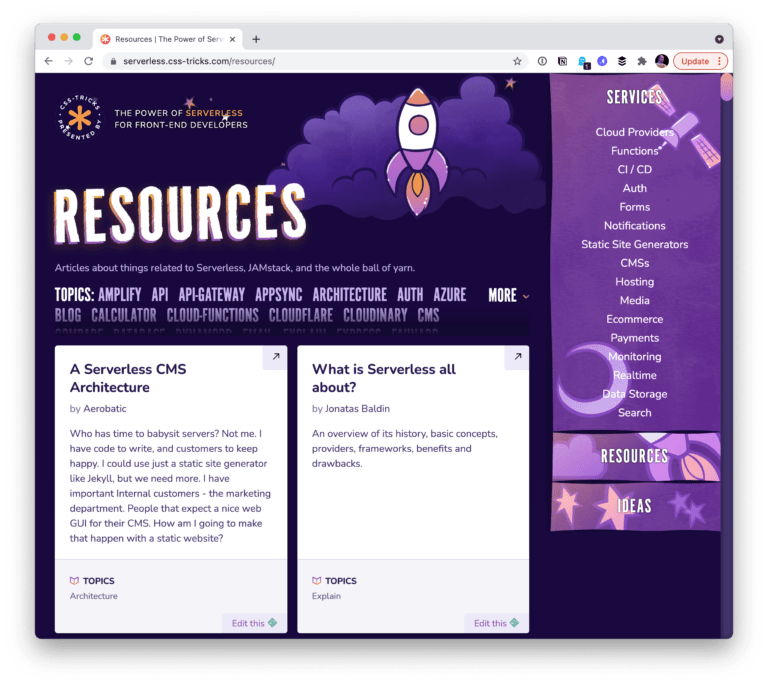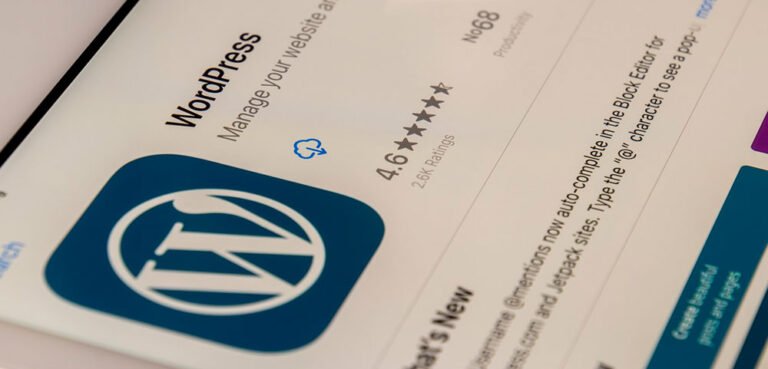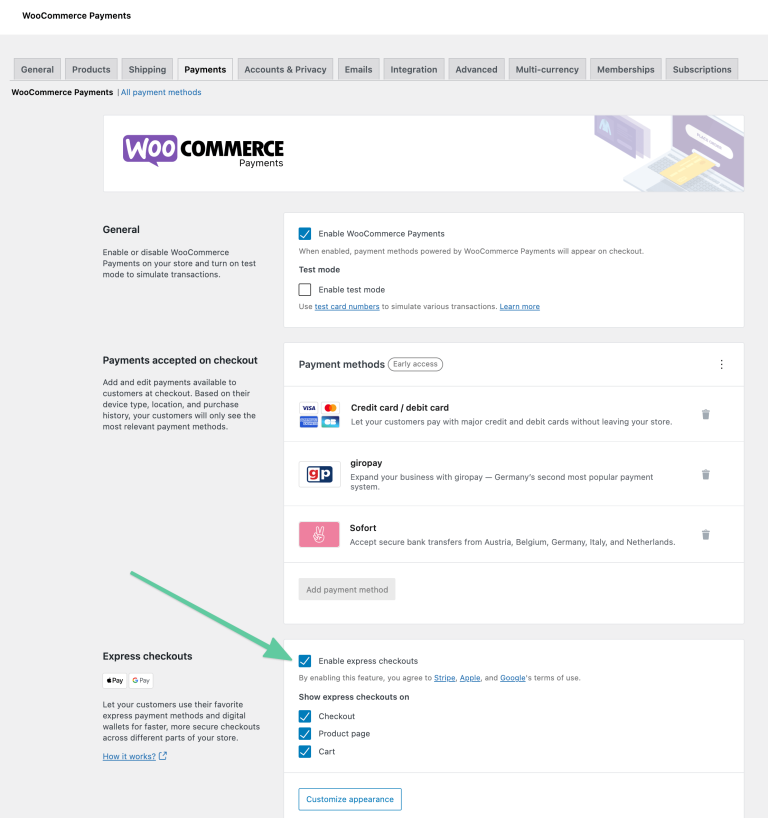
Corporate America has no shortage of cliche buzzwords and phrases.
“Can we chat about this offline?”
“We need to build consensus and not work in silos.”
“Let’s get boots on the ground! We have to go after the low-hanging fruit.”
Most corporate jargon will make you roll your eyes or smash your keyboard. But in recent years, one of the most “buzzy” phrases in the business world has actually been a huge boon to the culture and the bottom line of companies that have embraced it.
That’s right, we’re talking about diversity in the workplace. More and more corporations are hiring employees with diverse perspectives, experiences, and backgrounds. In fact, according to LinkedIn, “Diversity and Inclusion Manager” was the second fastest-growing job title of 2022.
Why are executives all-in when it comes to the pursuit of corporate diversity? Because it’s shown that by establishing a diverse workforce, companies not only improve their bottom line but position themselves to positively impact their employees, customers, and society as a whole.
That competitive edge is as valuable as ever in 2023 as businesses battle persistent inflation, high interest rates, and worries over a wavering economy. Let’s examine five ways company diversity can impact organizational productivity.
Enhanced Creativity
Table of Contents
If you put a bunch of like-minded people in a room, more often than not, they’re going to generate many of the same ideas. This is because how they look at and experience the world is very much alike.
Diversifying the workplace brings unique perspectives and experiences to the table. A diverse workforce challenges traditional ways of thinking and encourages individuals to be open-minded, leading to new and innovative ideas that otherwise might not have come to light.
This notion of enhanced creativity through diversity isn’t just some corporate gobbledygook either. The American Psychological Association released a study titled “Multicultural Experience Enhances Creativity: The When and How.” In it, researchers found that the “extensiveness of multicultural experiences was positively related to both creative performance (insight learning, remote association, and idea generation) and creativity-supporting cognitive processes.”
In simpler terms, diversity means more creative and insightful thinking.
More Profitability
Of course, we all know that nothing Corporate America does is out of the goodness of its heart. There has to be a financial benefit too. And there is!
A Boston Consulting Group study revealed that companies with more diverse management teams have 19% higher innovation revenue than their non-diverse counterparts. This is a game-changer for start-ups and tech companies, where innovation is critical to their success.
Ultimately, companies want to connect with their consumers, and being more broadly representative allows more potential purchasers to identify with a brand. A diverse workforce can figuratively and literally lend an internal voice to underserved customer segments. This can lead to better products and services and more effective marketing and communication strategies.
Other research has found that companies with greater diversity are 70% more likely to capture new markets. With more market share, goods and services are introduced to a larger audience, which in turn means increased profit. Additionally, a diverse workforce can help organizations avoid cultural missteps and better navigate the nuances of doing business in today’s global economy.
Improved Problem-Solving Skills
Varied backgrounds and experiences can bring new insights and perspectives to a problem, leading to a more comprehensive understanding of the issue. A diverse team can collaborate to develop solutions considering a wide range of viewpoints, leading to more effective problem-solving.
When a team is made up of like-minded individuals with similar backgrounds and experiences, decision-making can become stagnant. In contrast, a diverse team can challenge each other’s assumptions and perspectives, leading to more informed and effective decision-making.
Furthermore, when employees feel their unique perspectives are valued, they are more likely to participate actively in discussions and offer solutions. A study conducted by McKinsey & Company found that companies with a diverse workforce outperformed their competitors by 35% in terms of above-average profitability.
Increased Employee Engagement
Remember “The Great Resignation” during the COVID pandemic? Workers all over the country realized they really didn’t like their jobs and decided to quit. Because of the shift to remote work, this was a lot easier to do because people could suddenly apply for new jobs at companies that better suited them, no matter where they were located geographically.
Although the trend of mass resignations has slowed over the past year, the themes perpetuating it have not. Simply put, people want to love what they do and want to be actively engaged in their work.
Diversity in the workplace can significantly impact employee engagement and retention. When employees feel valued and included in the organization, they are more likely to be happier and more motivated in their work. A study conducted by Gallup demonstrates that highly engaged workplaces saw an 81% difference in absenteeism.
Moreover, a diverse workforce can lead to a positive work culture where employees feel respected and appreciated. This can lead to lower turnover rates, reducing the cost and time associated with onboarding new talent. Consider that, on average, it costs businesses $4,683 to hire new talent and around $1,207 to onboard a new hire. That means organizations lose nearly $6,000 each time an employee leaves their job.
When an organization supports its workforce, it fosters a sense of belonging and inclusivity, leading to better overall performance. Engaged employees are more motivated by the organization’s success, leading to increased productivity and overall success.
Improved Reputation and Brand Image
Customers and shareholders are increasingly interested in supporting companies that value diversity and inclusion. By creating a diverse and inclusive workplace, companies can establish their commitment to these values and differentiate themselves from competitors. Additionally, a diverse workforce can help companies better connect with various communities and build stronger relationships with segments of the population they may otherwise not have engaged with.
Research shows that 52% of all adult online consumers consider a company’s values when making a purchase. The rate is even higher among millennial and Gen Z consumers, who are increasingly more socially conscious in their purchasing habits. Companies must be inclusive in all aspects of their business to maximize sales, build stronger customer relationships, widen the customer base, and ultimately enhance profit margins.
Reaping Rewards From Diversity
Companies that tap into the varied backgrounds of their employees will see that they put forth an array of perspectives that will benefit the business both internally and externally. Plus, as even more companies rely on remote workers, there is a borderless talent pool to choose from, as potential employees are no longer required to relocate for a job.
Featured Image by fauxels






